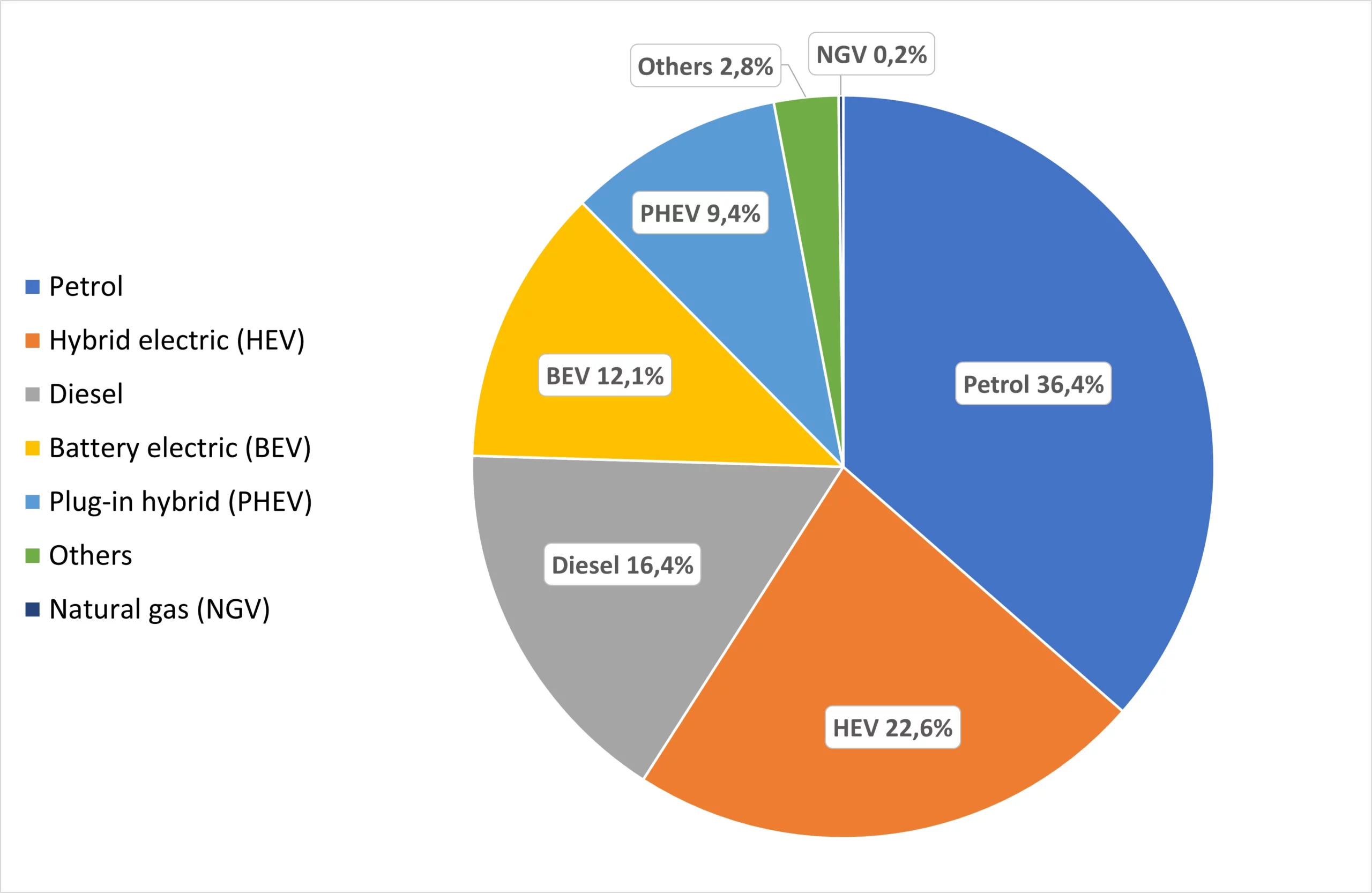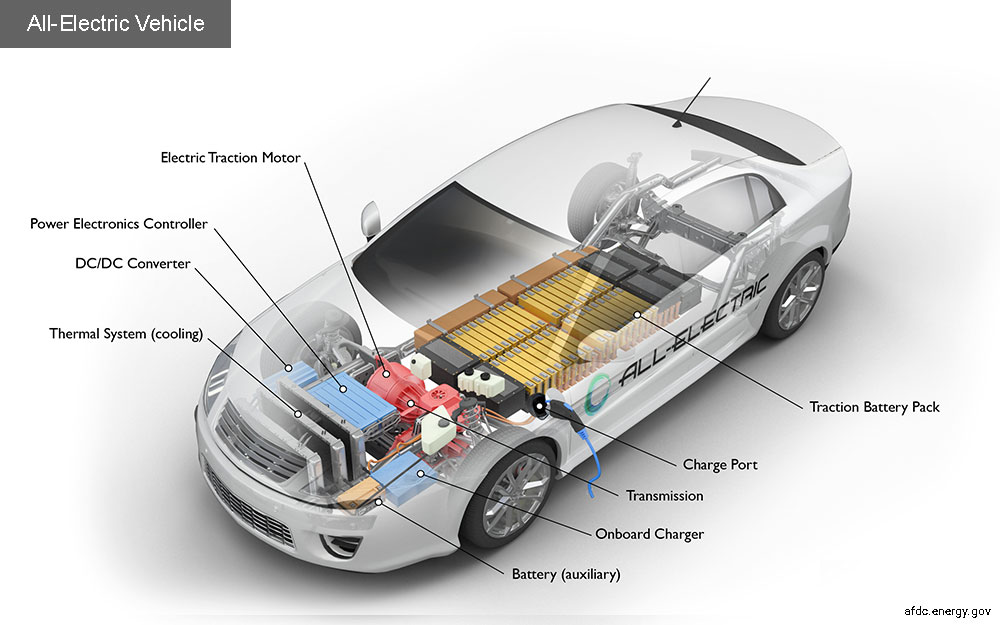What to know about e-mobility?

A lot is happening in the world of e-mobility these days. The topic has been on the rise for some time now and industries around the world are joining in. But what do we mean by e-mobility? What vehicles does it include? And why is it of such significance nowadays?
What is e-mobility?
According to the German government’s National Electromobility Development Plan (NEP), the term electromobility (e-mobility) comprises all road vehicles that are powered by an electric motor and draw their energy mainly from the power grid. This includes vehicles with purely electric motors, vehicles with a combination of electric motors and a small combustion engine, and rechargeable hybrid vehicles. Examples of such vehicles are cars, micro cars, light commercial vehicles, as well as two-wheeled vehicles.
Keep in mind, that this is a national definition and different countries may deviate from this determination. However, in general, this does not change the basic meaning and overall conception of the term. For most people, e-mobility is an approach to sustainable and efficient vehicle propulsion, by means of a new transport strategy.
A brief journey into the past
Electric cars have been around longer than you might think. The first electric cars emerged as early as the 19th century, with top speeds of over 100 km/h. However, in the early 20th century internal combustion engine (ICE) cars became more popular due to cheaper production costs and quicker refueling times. Since then, ICE vehicles dominated the market. Despite the current hype around e-cars, ICE cars keep the upper hand. According to the European Automobile Manufacturers’ Association (ACEA), the majority of newly registered cars in 2022 are still diesel and petrol powered (see Fig. 1).

Figure 1: 2022 registered cars by fuel type (source ACEA).
Nevertheless, electric vehicles and electric mobility in general made a huge step forward in the last two decades and will most likely end the century-long dominance of ICE vehicles in the upcoming years.
Why is e-mobility important?
One of the fundamental ideals of e-mobility is sustainability. As global CO2 emissions continue to skyrocket every year, e-mobility aims to be part of the solution to halt this growth. The more e-mobility solutions we adopt, the greater the reduction in CO2 and other greenhouse gases.
Benefits and challenges
An additional benefit besides the reduction of CO2, is the indisputable high efficiency of electric motors. Let’s take an example from motorsport, where we can see the limits of what is technically possible. Electric motors in Formula E racing achieve an efficiency of more than 90 %. Whereas their counterparts in Formula 1 racing only reach about 50 % efficiency. Further, electric vehicle motors work quietly and require less maintenance. For example, in comparison to ICEs, no oil change is needed.
However, there are still a lot of challenges to overcome. The two biggest ones are the driving distance and the charging time. Both are well-known concerns since the very beginning of e-mobility. Even though the range has increased dramatically, and the charging time has been reduced by quite a lot, there is still a lot to be done compared to ICE vehicles. Last but not least, there is also battery deterioration. Over time, the condition of any battery deteriorates so that it eventually needs to be replaced. Apart from the potentially high replacement costs, recycling such batteries can become quite complicated and is not particularly sustainable.
Table 1: Summary of some advantages and disadvantages of electric vehicles.
| PROS | CONS |
| Reduction of emissions | Shorter travel distance |
| High efficiency | Longer “fueling” time |
| Lower maintenance | Battery deterioration |
What are the components of an electric car?
As we have already noted, e-mobility encompasses different types of vehicles. These range from Range Extended Electric Vehicles (REEV), via Plug-In Hybrid Electric Vehicles (PHEV), to All-Electric Vehicles. Accordingly, the body of the vehicle and the installed components also differ. Figure 2 shows an example of an all-electric vehicle, with the following key components:
- Battery
- Charger port
- DC/DC converter
- Electric traction motor
- Power electronics controller
- Onboard charger
- Thermal system
- Traction battery pack
- Transmission

Fig. 2: Key components of electric vehicles (© Alternative Fuels Data Center by U.S. Department of Energy’s Vehicle Technologies Office)
E-mobility and DEWETRON
We are DEWETRON, your competent partner to analyze, test and verify your electric vehicles. Our multi-channel Power Analyzers in combination with OXYGEN – our intuitive measurement software – allow you to measure and calculate a variety of parameters. This includes basic voltage, current, or rotation measurements, but also complex power, performance, and efficiency analyses.
More about efficiency analysis of electric vehicles!
Whether on the road or on the test bench, with our wide range of products, we offer you the right solution for every situation. The DEWE3-A4 is a portable and flexible battery-powered power analyzer and the perfect choice for real-world driving tests. For applications on test benches, stationary systems such as the DEWE3-PA8 are more favorable. If you are interested in alternative DAQ systems click here or contact us directly.





